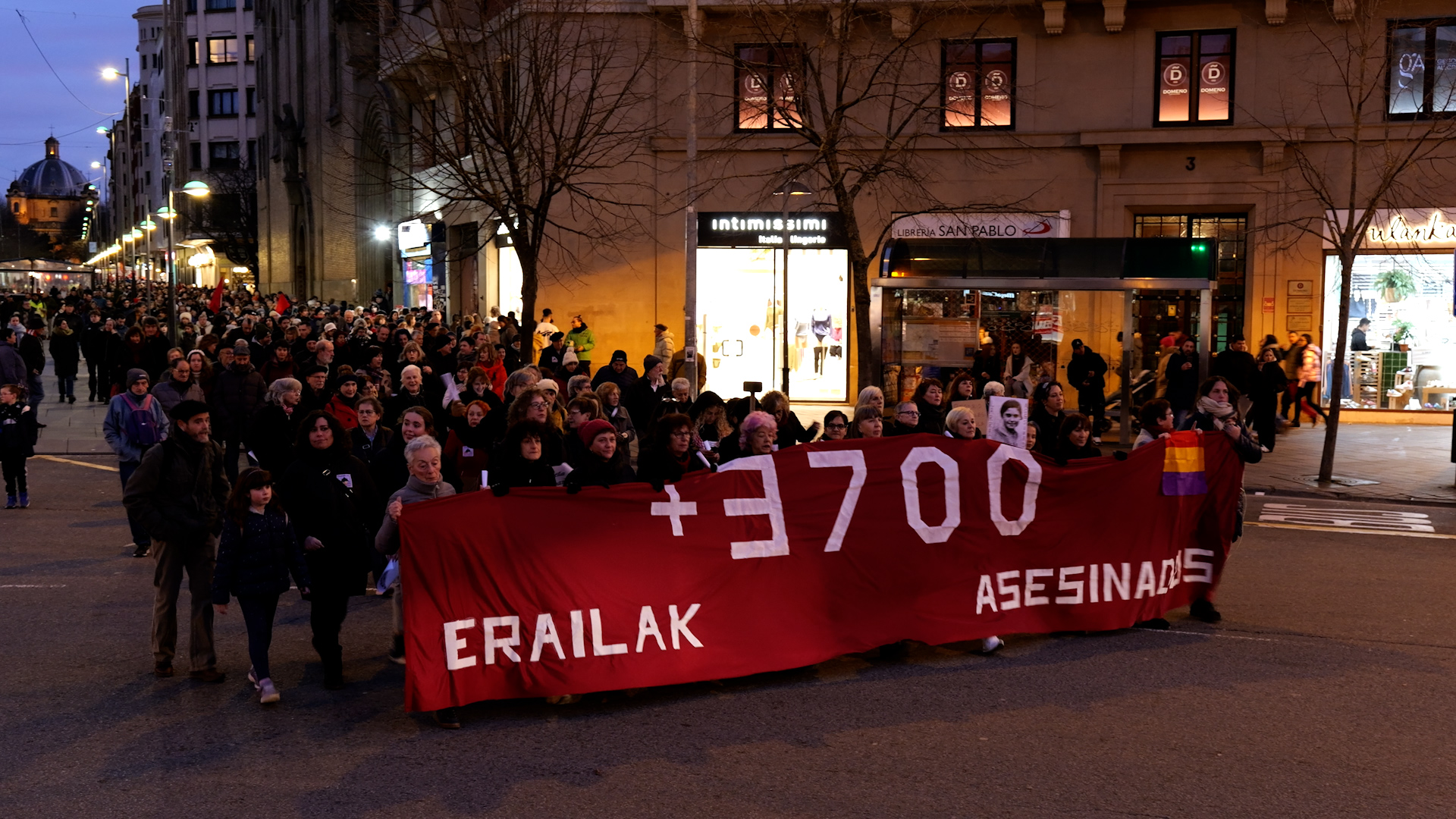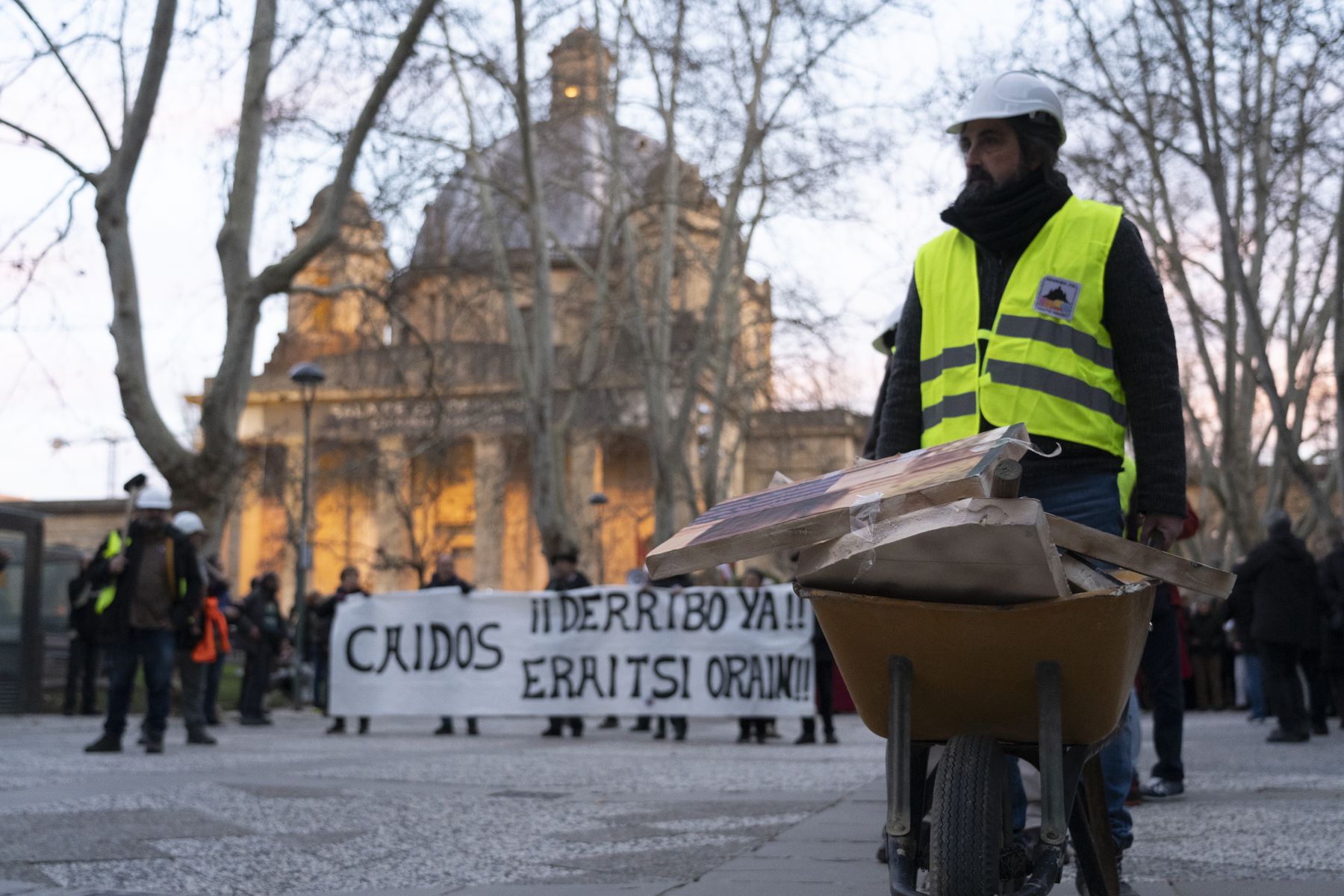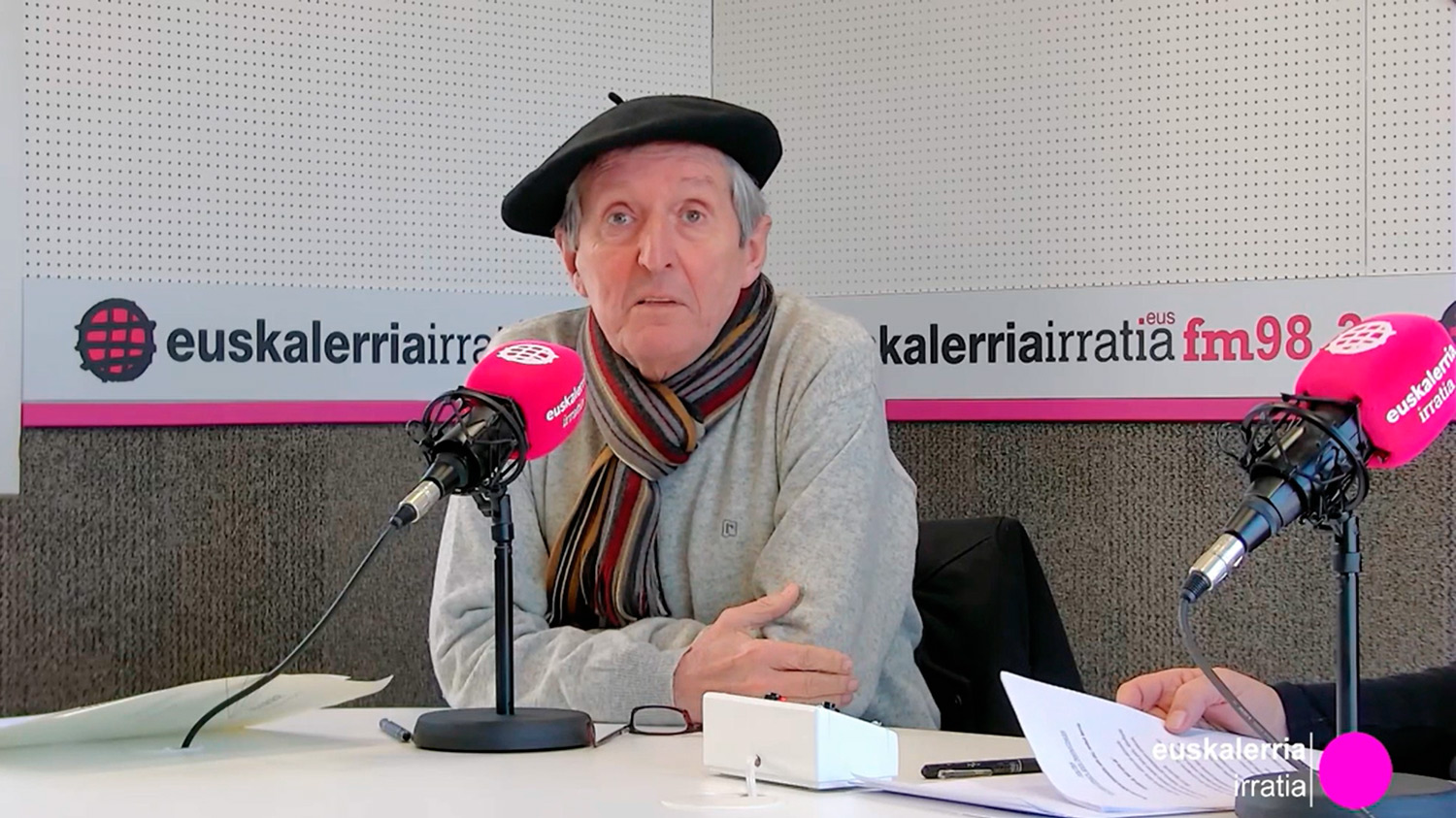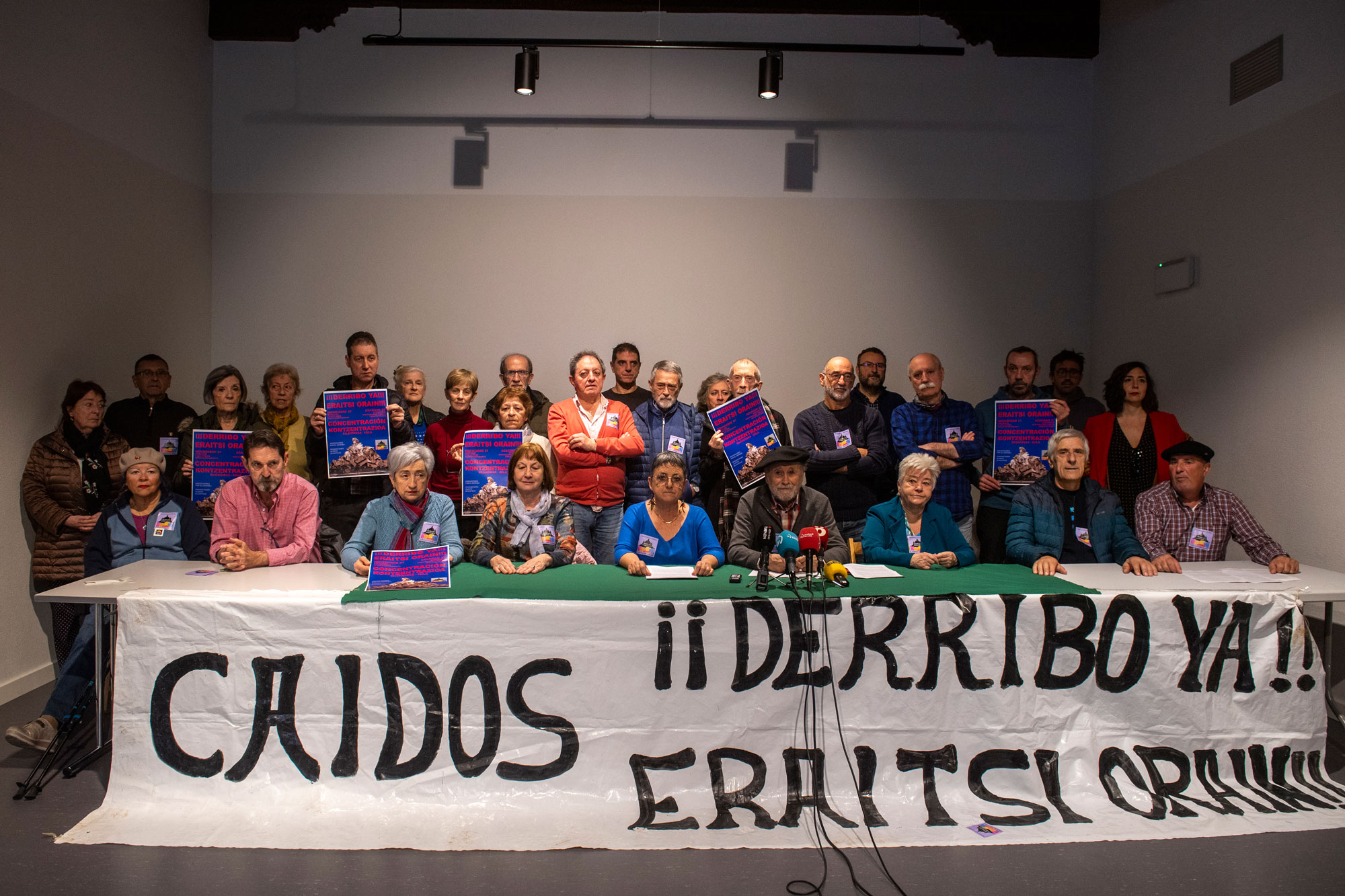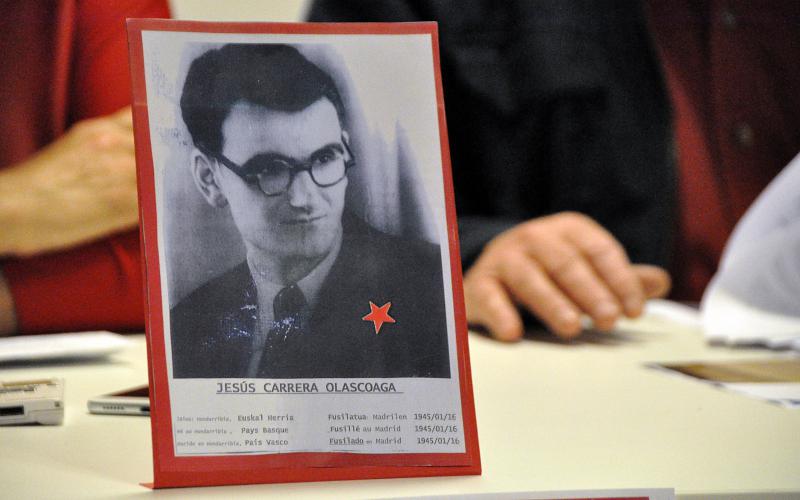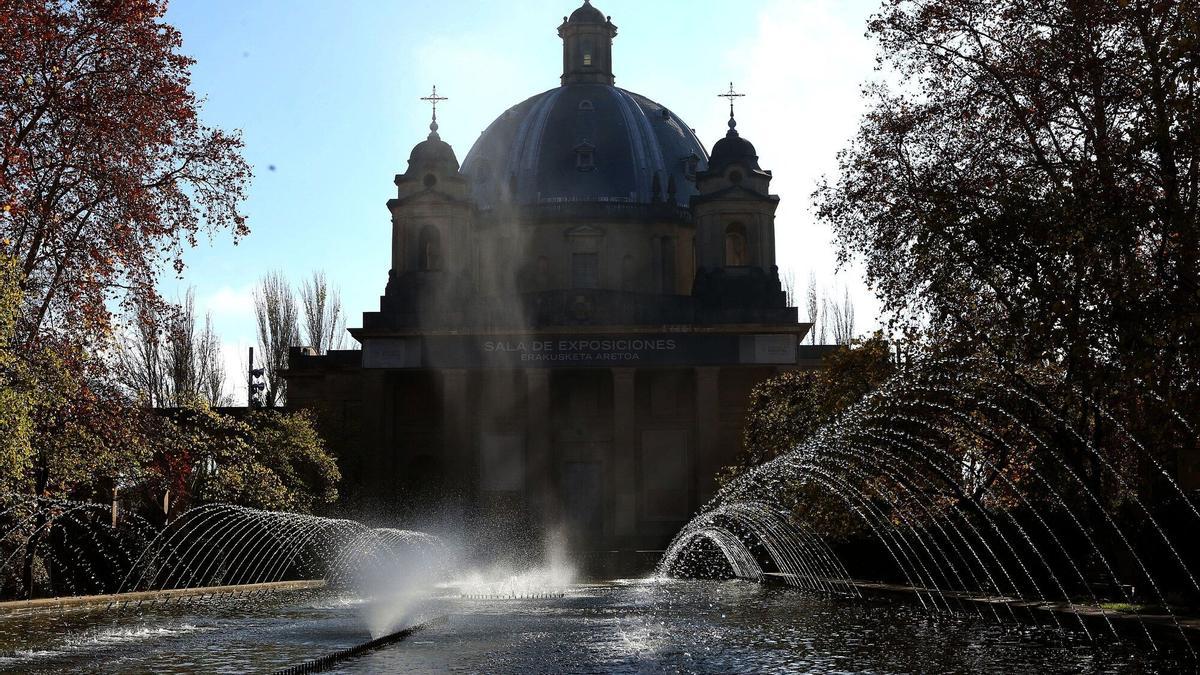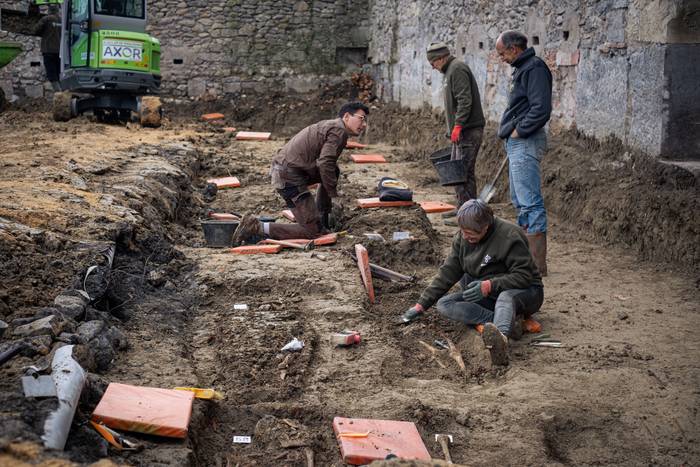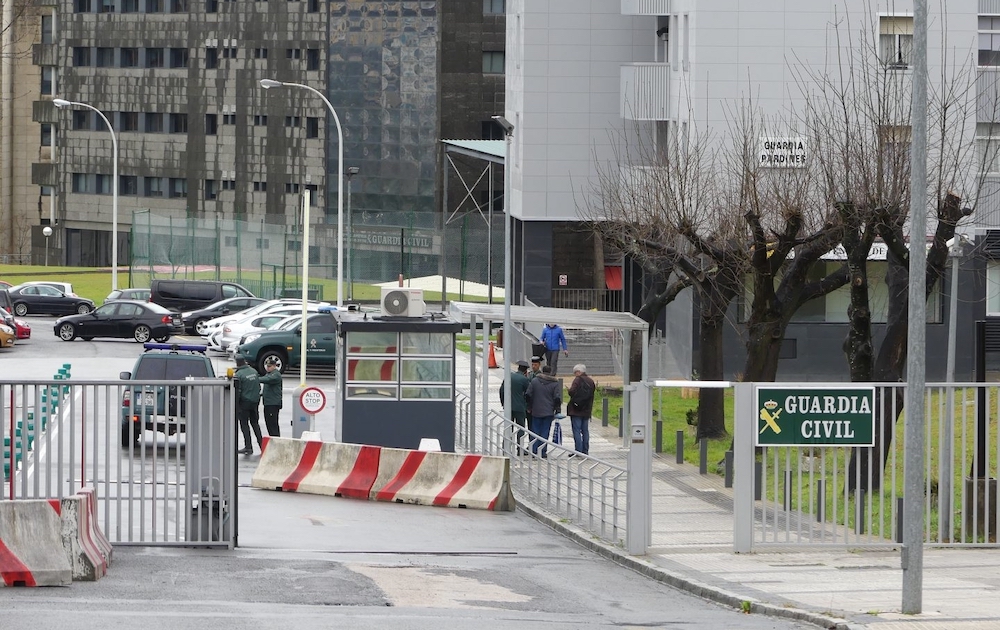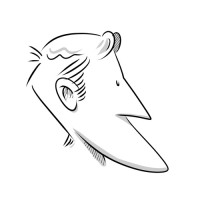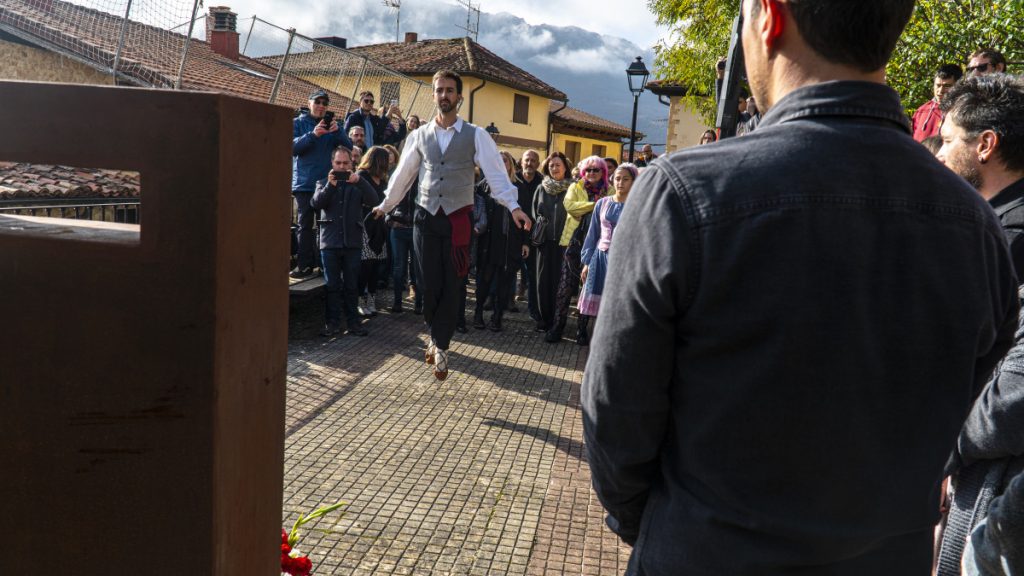Tribute in Prague to the Gudari of Busturia Anjel Lekuona, shot by the Nazis in a concentration camp
- The busturiarra was shot in 1945 in a concentration camp of the Third Reich and has been honored with six other Republicans this Monday in the cemetery of Prague, where it was incinerated and buried.

The busturiarra Anjel Lekuona, who, after fighting for the Republic in the 1936 War, fled to France and was deported to concentration camps, has been honoured in the cemetery of Strasnice (Prague). He was shot by the Nazis on 10 April 1945. In the tribute they have also reminded six other Republicans: Enric Moner (Figueres, Girona), Pedro Raga (Ulldekona, Tarragona), Antonio Medina (Motril, Granada), Rafael Moyà (Andratx, Mallorca), Vicente Vila-Cuenca (Alberic, Valencia) and Antonio Clemente (Vera, Almería).
The event is organized by the City of Prague and responsible for the cemetery of Strasnic, in coordination with a working group for the memory of the deportees. It is precisely at Strasnic that the Memorial of the victims of the Hradis concentration camp in Germany is located.
In the suburb of Hradisch there was no cremation whatsoever and so they were taken to the Strasnic cemetery.
This field was part of Flossenbürg’s largest concentration camp. Flossenbürg was released on 23 April 1945 by U.S. troops and found 65,000 prisoners, including 14,000 deaths in the previous months, according to various investigations. It is estimated that more than 100,000 prisoners passed through the entire Flossenbürg network and that more than 30,000 died as a result of the humanitarian crisis.
In the suburb of Hradis there was no cremation whatsoever and so they were taken to the cemetery of Strasnic. The crematorist, Frantisek Suchy, faced the threat of the Nazis and took the data of the bodies burning them and put them in separate boxes next to his son. That is why we know the names of a number of deportees buried there, including Anjel Lekuona.
The nephew of Lekuona, Antón Gandarias, came to the event in Prague with representatives of the Basque Government and thanked the effort made to recover his uncle’s memory. The ashes of Lekuona will be deposited at the memorial, as the family has taken the land from the home of Busturia to Czech. In May, the City Hall of Busturia and the Gogora Institute will place a slab of plates in the municipality of the deceased, also called Stolpersteine, which reminds thousands of victims around the world, and which bears the name of Lekuona.
Gogora does not finish the list of deportees
Gogora published in 2020 the work on the Basque deportees carried out by researcher Etxahun Galparsoro, which explains that at least 253 Basques were transferred to Nazi concentration camps, of which 113 died, 47%.
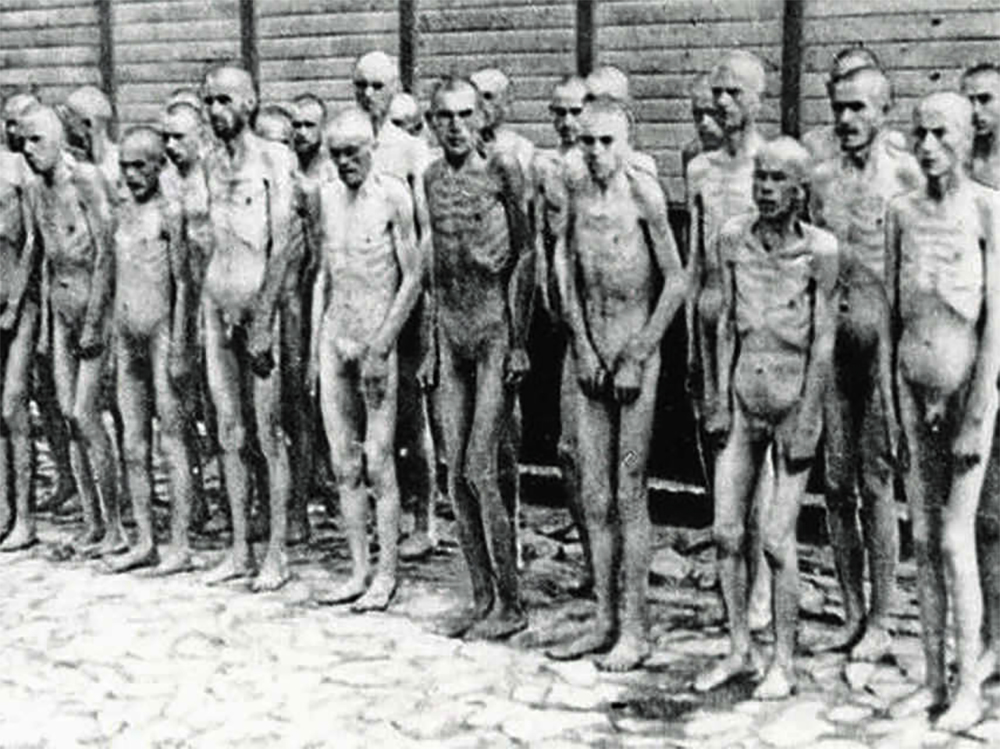
However, the Basque Government's Institute of Memory has admitted that this figure may vary as further studies are carried out. ARGIA, after publishing the study, warned that the number of Euskaldunes deported may be much higher – around 600, according to calculations of this weekly – as the names of the citizens of Ipar Euskal Herria who were transferred to the concentration camps are not on the list made public by the organization led by Tzainane Ezenarro.
Tribute also to the deported Jose Mari Agirre
Recently another deportee has also been honoured, in this case in the Basque Country. José Mari Agirre, born in the Egixarre village of Etxebarri, a militia of the 1936 War and who suffered eleven jails in the flight of France along with his comrade Marcelino Bilbao, was in Mauthaussen between 1940 and 1945, until he was released into that terrible camp.
==Death==Agirre died in Palma de Mallorca in 2009 and now, on 26 March, the Ahaztuak association in Etxebarri paid tribute to the former Republican militia with an act of recognition and lectures.
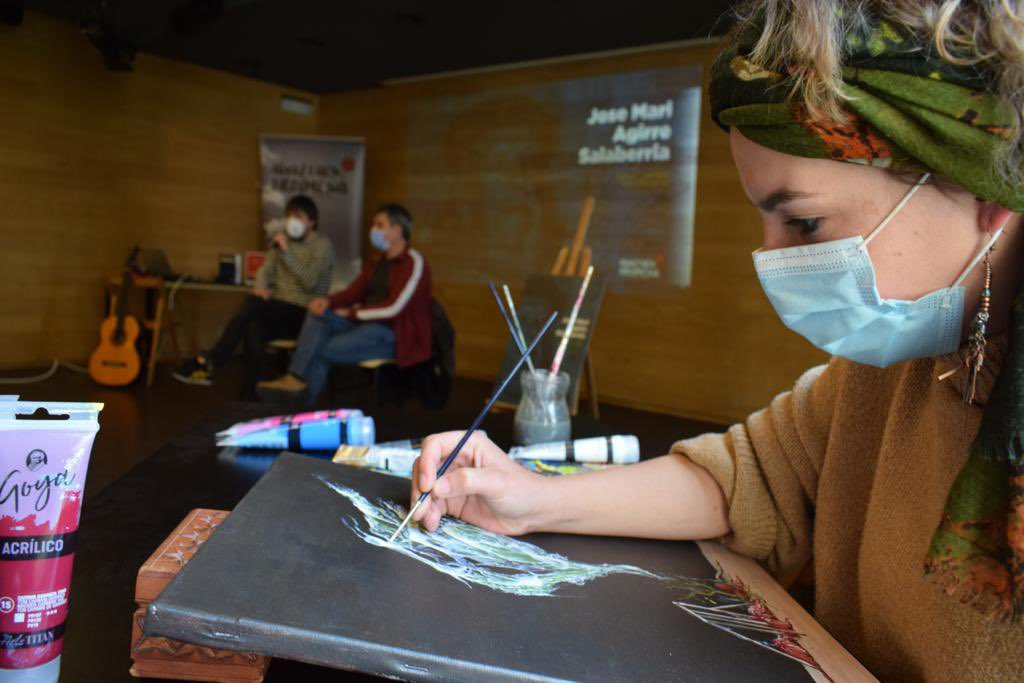
Tafallan, nekazal giroko etxe batean sortu zen 1951. urtean. “Neolitikoan bezala bizi ginen, animaliez eta soroez inguratuta”. Nerabe zelarik, 'Luzuriaga’ lantegian hasi zen lanean. Bertan, hogei urtez aritu zen. Lantegian ekintzaile sindikala izan zen;... [+]
Eraispenaren aldeko elkarteek manifestazioa antolatu dute larunbatean Iruñean. Irrintzi Plazan manifestazioaren deitzailea den Koldo Amatriarekin hitz egin dugu.








